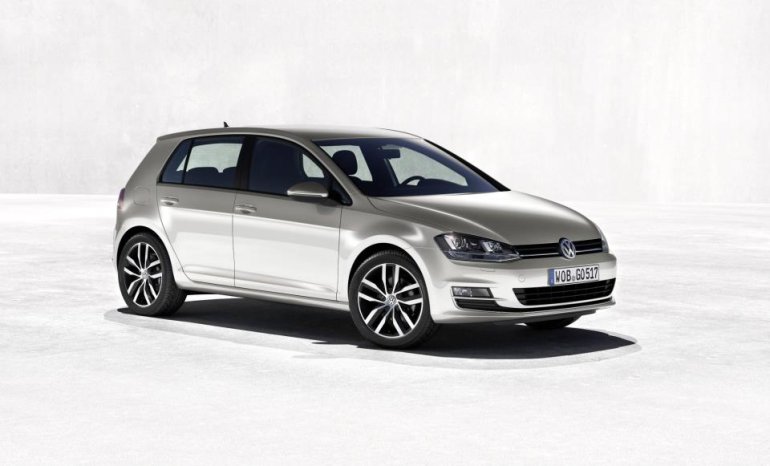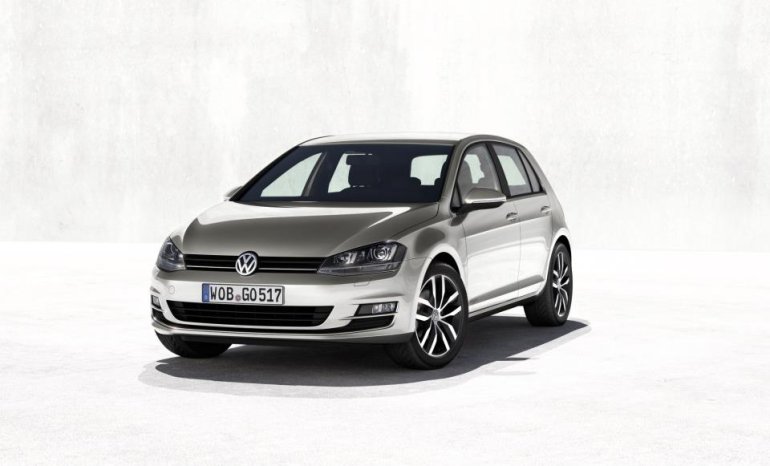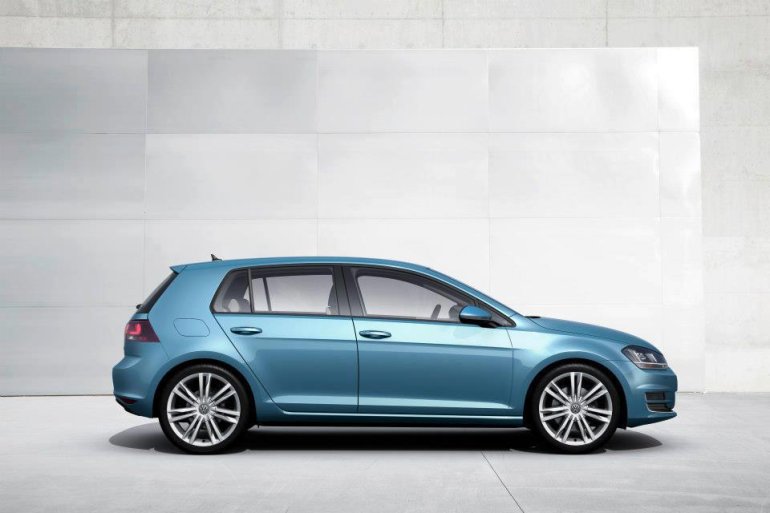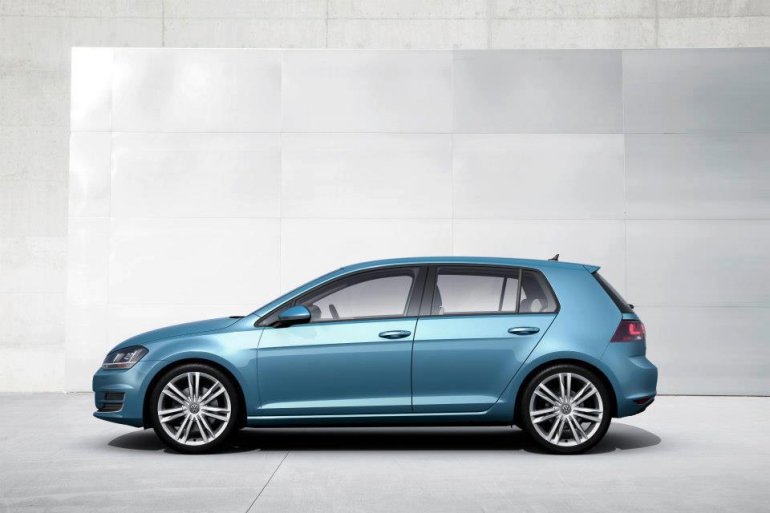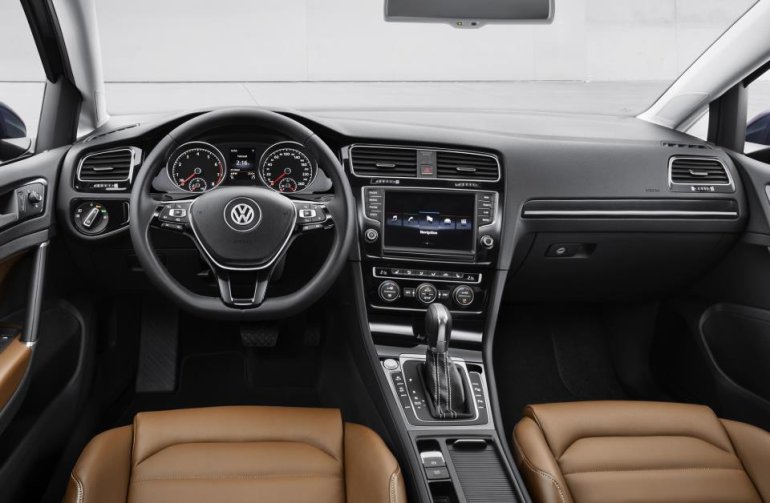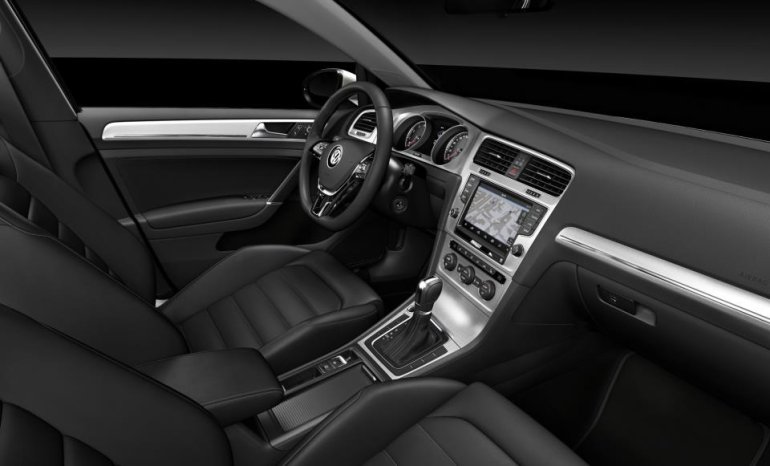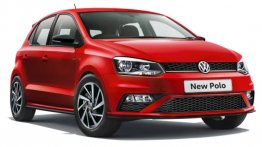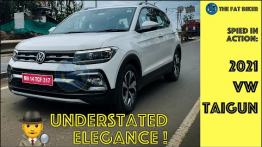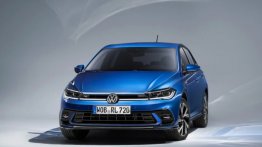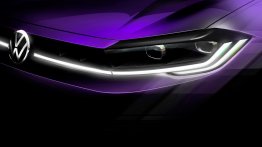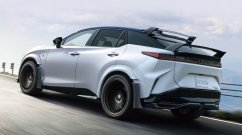 After 36 years of legendary success and reaching over 29 million customers, the seventh generation Volkswagen Golf has been launched in Berlin, Germany yesterday.
After 36 years of legendary success and reaching over 29 million customers, the seventh generation Volkswagen Golf has been launched in Berlin, Germany yesterday.
The Golf has been the best selling car for Volkswagen in Europe. With the introduction of a brand new model, expect the numbers to climb north even faster.
On the exterior, the new Golf gets much sharper and bolder lines on the body and some new details like the new corner window on the front door. The design theme remains the same making the design timeless. What’s entirely new is that the new Golf now sits on the MQB platform, which will be the basis of almost all the cars in the VW family.
The new Golf is now longer and wider by 56mm (2.2 inches) and 13 mm (0.5 inches) respectively. The front wheels go further forward by 43 mm (1.7 inches) and the wheelbase has been increased by 59 mm (2.3 inches). All of these enhancements improve the cabin space making it roomier and improving the drag co-efficient by 10 percent.
The luggage compartment has grown by 30 liters and now offers 380 liters of space. The front passenger seat can be fully rolled down in the front, creating a total space of 2,412 liters.
The center console now sits inclined towards the driver. The interior enhancements include a standard touchscreen system, starting with a 5.8-inch color display to a range topping satellite navigation system 8 -inch color display plus new electronic parking brake with auto-hold feature. Also the compartment under the front armrest now gets a universal phone holder.
New safety features include a multi-collision braking system that automatically applies the brakes after a collision to reduce the kinetic energy and minimize the chance of a second impact. The pre-crash system re-tensions the seatbelts and closes the windows and sunroof leaving just a small gap to ensure protection from the airbags in case of a crash.
Other features include an Adaptive Cruise Control, Front Assist, which can bring the car to a complete stop and operates at speeds upto 150 km/h; City emergency Braking, operates at speeds upto 30km/h; Park Assist which automatically parallel parks the car in a space no more than 80mm longer than the car.
Thanks to new electrical wiring and some aluminum components, the new Golf sits at 1,050 kg, i.e. a 100 kg lighter than its predecessor.
The petrol and diesel powertrains range from 85 hp to 148hp. These include the 1.2-litre TSI 84HP (85PS) petrol unit returning 4.9 lt/100 km (48mpg US or 57.6mpg UK and 113 g/km), and a 1.4-litre TSI 138HP (140PS) unit with Active Cylinder Technology, which can deactivate two of the cylinder, and achieves up to 4.8 lt/100 km (49mpg US or 58.9mpg UK and 112 g/km).
The list of diesel engines include a 1.6-litre unit with 104HP (105PS), which returns 3.8 lt/100 km (61.9mpg US or 74.3mpg UK and 99 g/km), and a 2.0-litre 148HP (150PS) unit that returns 4.1 lt/100 km (57.4mpg US or 68.9mpg UK and 106 g/km).
The most fuel-efficient version - a diesel-powered Golf BlueMotion delivers a combined fuel consumption of 3.2lt/100km (73.5mpg US or 88.3mpg UK).
In the coming future, we’ll see a three-door sporty version, all-wheel drive variants, the Golf Plus MPV, a five-door station wagon and a convertible.
Want to see more pictures of the Volkswagen Golf? See the slideshow below
[Can't see the slideshow? Head to our Flickr page. ]
